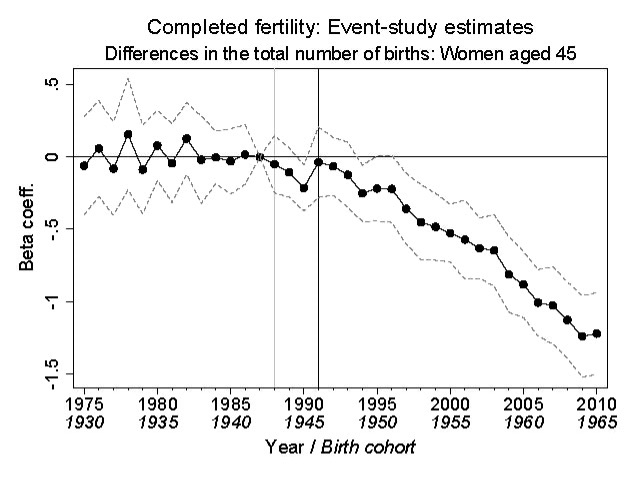A long-standing theoretical claim is that children serve as their parents' retirement assets in the absence of formal social security systems. But how can this hypothesis be tested empirically? The paper studies the context by examining the introduction of a comprehensive and financially lucrative pension system in Brazil. While employees in metropolitan areas have been paying into a state pension system for several decades, employees and self-employed people in rural areas of Brazil only gained access to a state pension scheme with the constitutional reform of 1991. The research shows that women who were able to qualify for the state pension system at a young age actually had fewer children. Compared to the control group (women in urban settlement areas for whom no change was made in pension provision), the women affected by the introduction of the pension system had on average 1.3 fewer children at the age of 45, and thus fewer than 4 children per woman. This accelerated the decline in birth rates in rural Brazil that had already been occurring for many decades. The pension reform thus exacerbated the demographic undermining of the pay-as-you-go pension system in Brazil.
Danzer, Alexander M., and Lennard Zyska. 2023. „Pensions and Fertility: Microeconomic Evidence.“ American Economic Journal: Economic Policy, 15 (2): 126-65. DOI: 10.1257/pol.20200440

